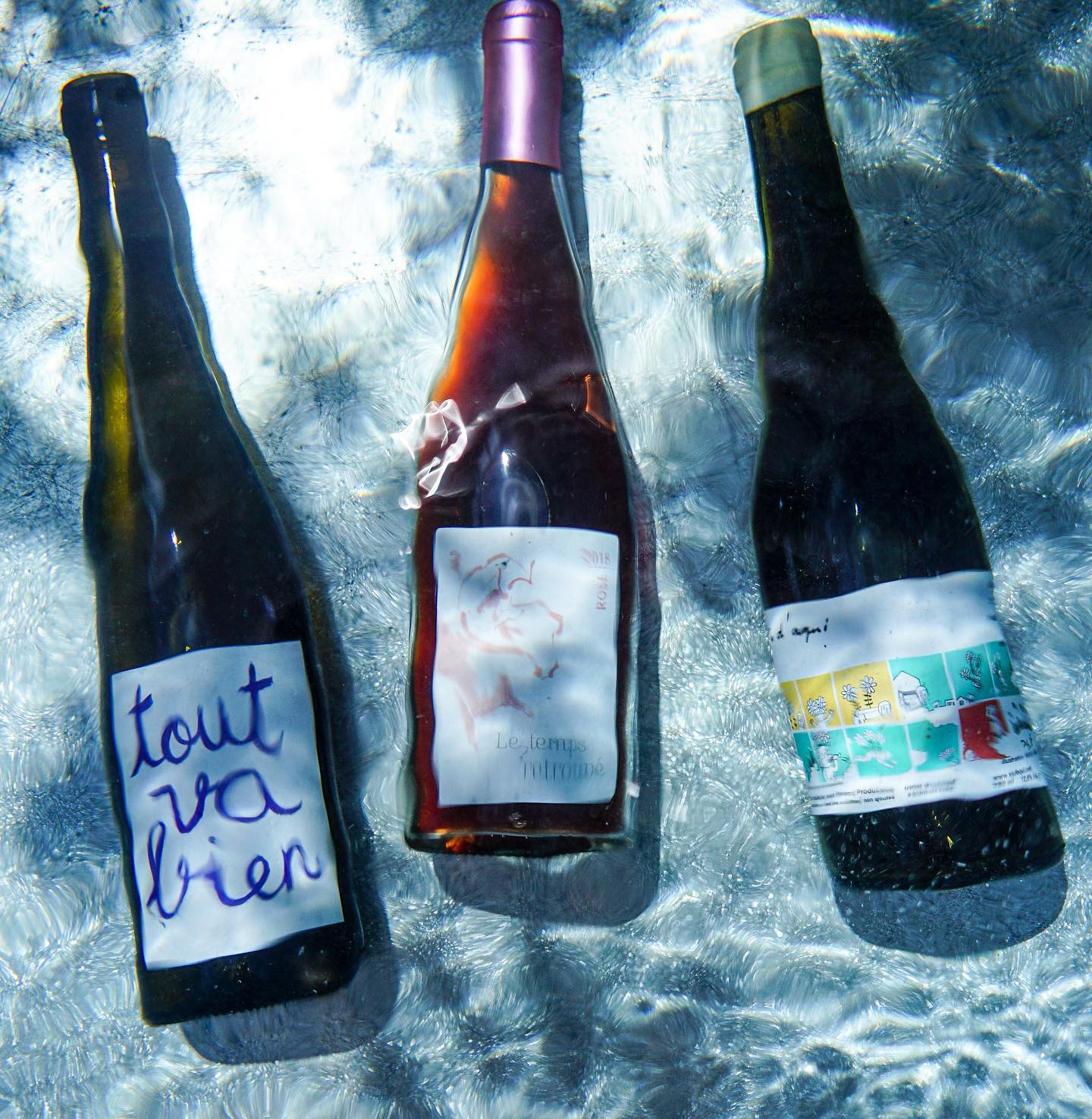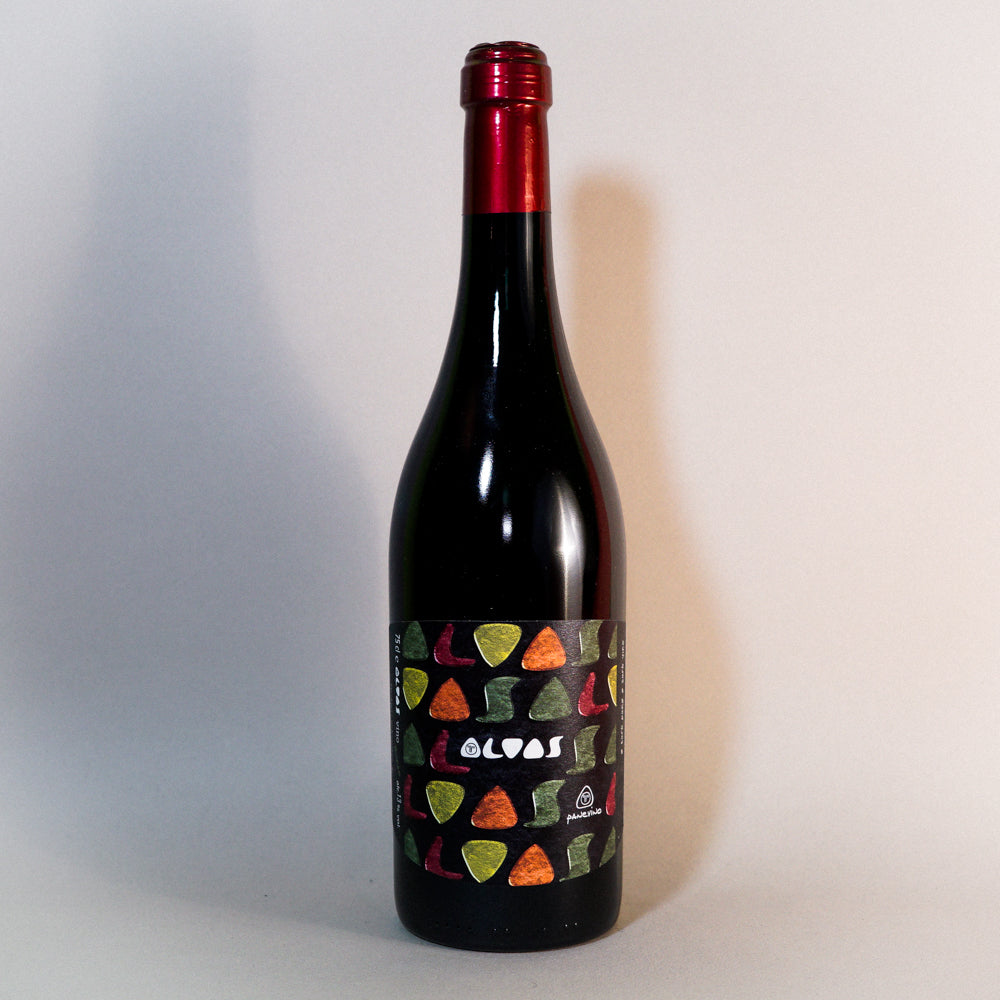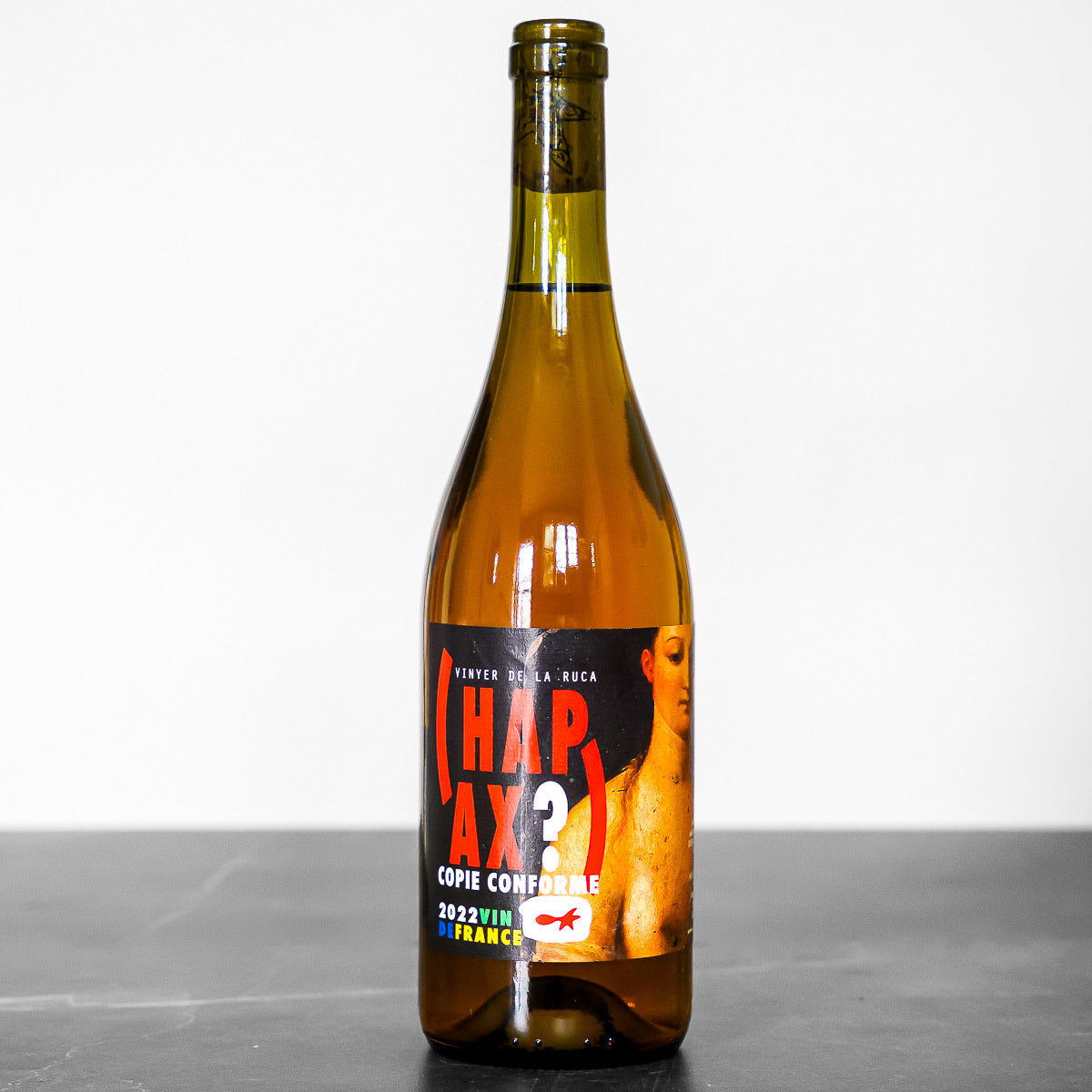Anco is an orange wine made with Delaware. In previous years, winemaker Meguro has explored the meaning and direction he is aiming to take in making wine from the vitis labrusca variety, and for the 2023 vintage, he tried macerating for a longer period of time. Delaware grapes from four contract farms in Yamagata were macerated for a minimum of 19 days and a maximum of 63 days. This allowed the Foxy flavour characteristic of the variety to disappear and allowed the grapes to contain a slight, but not unpleasant, volatile acidity, as opposed to the acidity that tends to drop off with ripeness, which is common with table grape varieties. Fermentation took place in barrels and resin tanks, with everything blended in stainless steel tanks after 4-5 months of sur lie. Some amphoras were also used during the sur lie period. The wine has a good volume of alcohol, a pleasant degree of volatile acidity and oxidative ageing in old oak barrels and amphorae. On its own, the vitis labrusca grape can easily be one-dimensional, but the vinification process has allowed it to develop complexity and depth.
Fattoria AL FIORE
Fattoria AL FIORE is a winery with its own vineyard in Miyagi located in the Tohoku region of Honshu. The winery was created by renovating the gymnasium of a closed elementary school.
“Fattoria” means “farm” in Italian, and “AL FIORE” is the name of an Italian restaurant opened by the winemaker of the winery, Mr. Hirotaka Meguro, in 2005 in Sendai, Miyagi, and means “a flower''. “Fattoria AL FIORE” is a wish that, like a single flower, it will spill out seeds and one day spread happiness like a field of flowers to many people.
It began as the creative Italian restaurant where Hirotaka was the owner-chef and used homemade ingredients. In the process of growing his own vegetables, he witnessed a crisis in Japanese agriculture. Especially in rural areas where agriculture is the mainstay of life, the ageing of the population and the rapid depopulation caused by the exodus of young people have led to an increase in the amount of abandoned farmland.
In order to put a stop to the decline of agriculture and rural areas in Japan, he decided to do what he could to help, which is “winemaking” that continues to this day. “At the time, there were no wineries in Miyagi. In addition to wine, cheese and organic vegetable production were other options, but winemaking seemed the most difficult” he says. Normally, we would start with the easiest and most accessible. Why did he choose the most difficult winemaking process?
“I want to pass on local culture and traditions to the people around me. I believe that wine can play a role in connecting people from all walks of life”.
Then, on March 11, 2011, after being hit by the Great East Japan Earthquake, in 2014, he began growing grapes on abandoned land in the area where the winery is currently located. The following year, 2015, he decided to close the restaurant, and later, in 2016, he met his partner, Reina, and began winemaking by using a custom crush service. In 2018, their own winery was opened, and in 2021 the first vintage made with grapes grown in their own vineyards was released.
Vineyard
Fattoria AL FIORE's vineyards are located in the town of Kawasaki in Miyagi, at the foot of Zao Mountains. It is 2.3 hectares in size. The soil is strongly influenced by the mountains, with volcanic ash soil and good drainage due to the slope of the mountains.
Grass growing cultivation method is adopted for all vines. It is a cultivation method that does not weed out the grasses that originally grew in the area, but uses their roots to maintain the properties of the soil. The fertilisers used in this process do not contain chemical fertilisers, of course. Only fermented manure from grape pomace, matured for three years, is returned to the soil.
The main grape varieties grown in the vineyards include Merlot, Gewurztraminer, Chardonnay, Pinot Noir, Pinot Gris, Malvasia, and about 15 other grape varieties grown in a mixed planting. Since the characteristics of each grape seedling vary even within the same variety, they try to select particularly strong seedlings and connect them to the rootstock, and then clonally select good quality branches from among these seedlings. The reason for doing so is to increase the number of seedlings that are tolerant to the Japanese climate.
In addition, they install rain shelters and emphasise physically protecting the grapes from rain, which can cause disease. Besides, the way to train grape vine is also designed to keep out humidity, which is the grape's greatest enemy, and improve air circulation.
They use only wild yeast that is originally attached to the grapes. What is consistent is Hirotaka's belief in “accepting the individuality of the grapes and taking them seriously.”
Winemaking
The winery was renovated from the gymnasium of the former Hasekura Elementary School in the town of Kawasaki, which was closed down. Construction companies, carpenters, potters, herb-dyeing artisans from not only Kawasaki Town but Miyagi, woodworkers from Fukushima Prefecture, and volunteers. This place was built together with the local people.
The design was led by Hirotaka's partner and winery representative, Reina, who graduated from a university with a degree in architecture and had been involved in the renovation of buildings in a regional city suffering from depopulation. At first she thought “No way, in a gymnasium?” In fact, the gymnasium is a very functional space with no wasted space and high earthquake resistance. The capaciousness is also ideal for wineries.
After consulting with local carpenters specialising in temple and shrine, they decided to use only materials from the Tohoku region and to adopt the traditional Japanese conventional construction method, which supports the building by assembling wooden shafts - posts, beams, and braces - without the use of nails.
The tasting counter and chairs in the lounge space where visitors can look into the winery are also handmade by the carpenters. The eye-catching curtain at the entrance is also dyed by a local craftsman. Wine presses, fermentation vats, barrels, and everything else necessary for winemaking are lined up in a well-lit gymnasium with brilliant natural light streaming in through the second floor windows.
There, their goal is to create wines that "go well with Japanese food culture”. Europe is home to numerous wine-growing regions that produce wines with rich individuality. At the same time, there are wines that can be perfectly paired with regional ingredients and traditional cuisine. The same should be possible in Japan. Wines that can be paired with food made with local ingredients are wines that are rooted in the local culture. Hirotaka hopes to produce such wines.
They also make wine from table grapes. Generally, wines made from those grapes are described as “foxy flavours” and tend to be avoided. However, their wines are already highly acclaimed abroad. This is because it is also an indigenous variety unique to Japan, and it is Japan's originality. It has a flavour that is not often found in wines from other countries, but it has a flavour like UMAMI from dashi (Japanese soup stock), suppleness, and gentleness, while being modest in its taste. It is the same as that of Japanese cuisine, which is highly appreciated overseas.
In addition to barrels and stainless steel tanks, amphoras, which are unglazed pots, are also used in the ageing process. The amphoras have the advantage of allowing oxygen to gradually enter the wine through invisible, fine cracks, allowing for slow oxidative ageing without adding oaky aroma. In the future, they would like to make wine using amphoras made from soil from the area where the winery is located.
They also do not use sulphites, an antioxidant. Because of this, special attention must be paid to sanitation. Pumps are also not used in the winemaking process. Instead, a forklift is used to lift the tanks containing must and let gravity do the work of flowing liquid. Sometimes the pressing is also done by hand. The winery is committed to handmade, natural winemaking.
The goal of Fattoria AL FIORE, which is thus dedicated to winemaking, is still to pass on local culture and traditions to those around it. To achieve this goal, a project is currently underway to build a guest house where people can experience life in nature and enjoy local foods. It would be great if Fattoria AL FIORE's wine could be a catalyst for people to create a connection with Miyagi and the town of Kawasaki.










